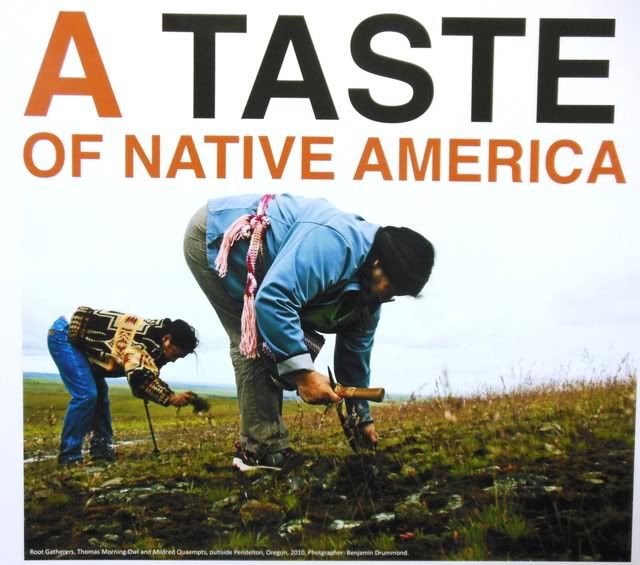
During 2012, the Clark County Historical Museum in Vancouver, Washington had a display exploring the food and related cultural artifacts of the Native American people throughout Washington. Indian people traditionally harvested, prepared, and shared meals together and thus food was, and still is, an integral part of cultural unity.
The traditional Indian diet was diverse and based on the seasons. According to one of the displays:
“Our ancestors ate more complex foods and received a greater variety of vitamins and minerals in their diet. Eating many types of foods also preserved the diversity of the environment, which helped uphold the entire ecosystem by avoiding overharvesting of any one resource.”
Shown below are some of the items from this display.
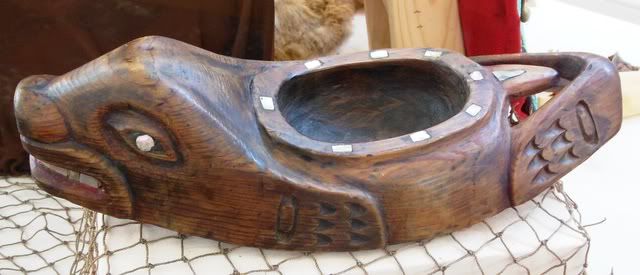
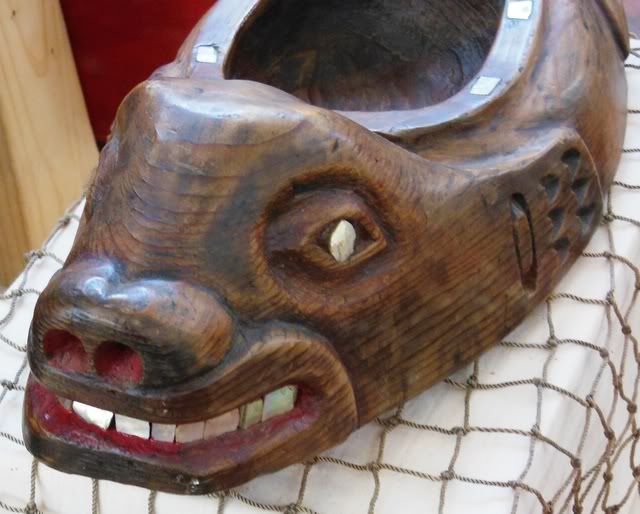
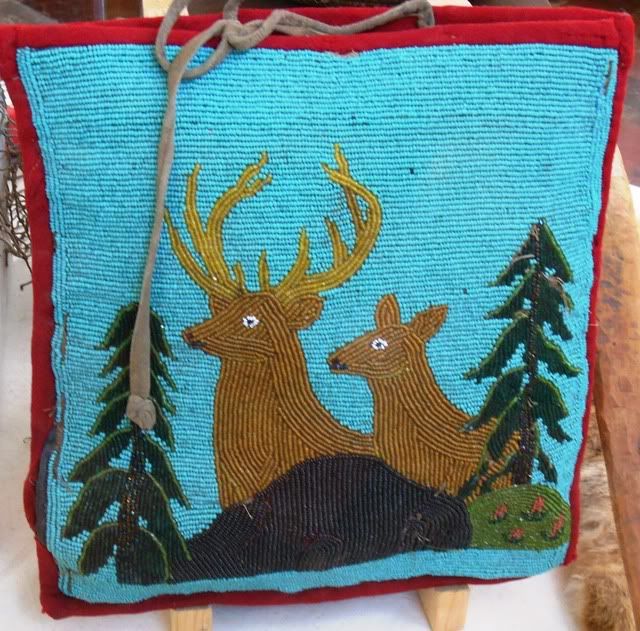
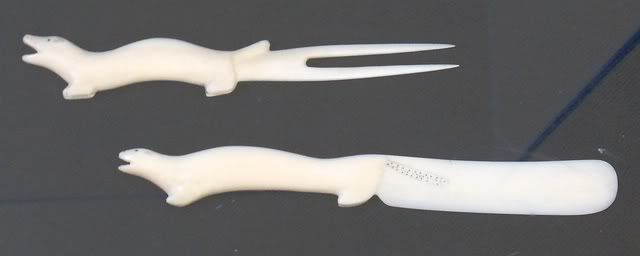
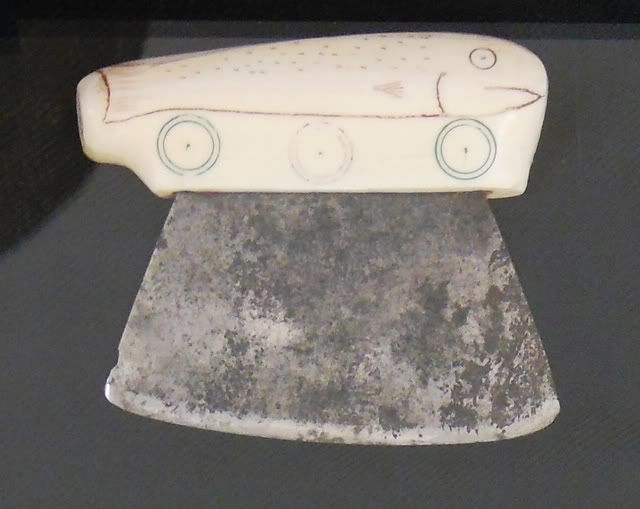
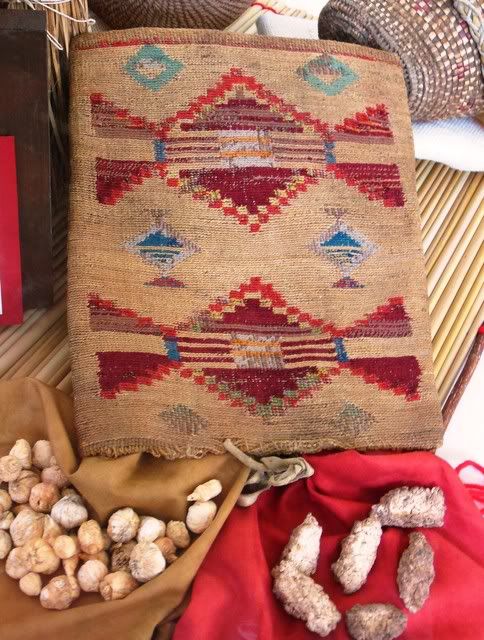

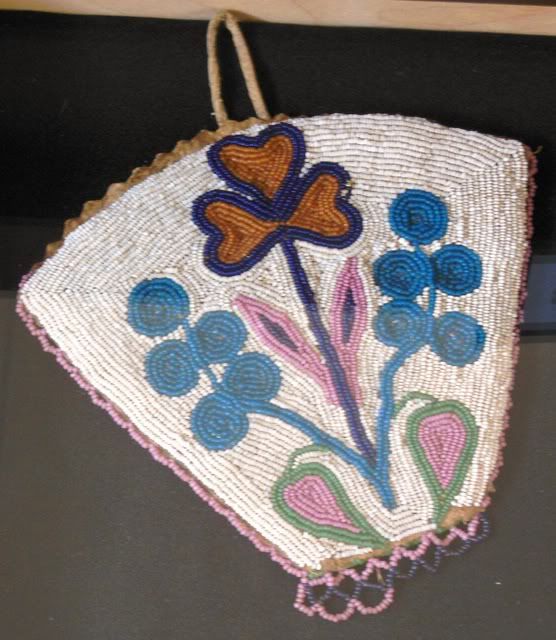

Berries were an important part of the diet of the Indians of the Lower Columbia River area. Shown above is a basket used for gathering berries and some dried Huckleberries (Vaccinium membranaceum). Huckleberries are small to medium sized shrubs which are found in the moister mountain areas, particularly in areas with acidic soils and areas which have been burned by forest fires. Women usually did the gathering of the huckleberries and could gather one or two basketfuls in a day’s work (about 2-4 liters). Huckleberries were often dried over a slow fire that had been set in a rotten log. This drying created a raisin-like product that could be kept indefinitely.
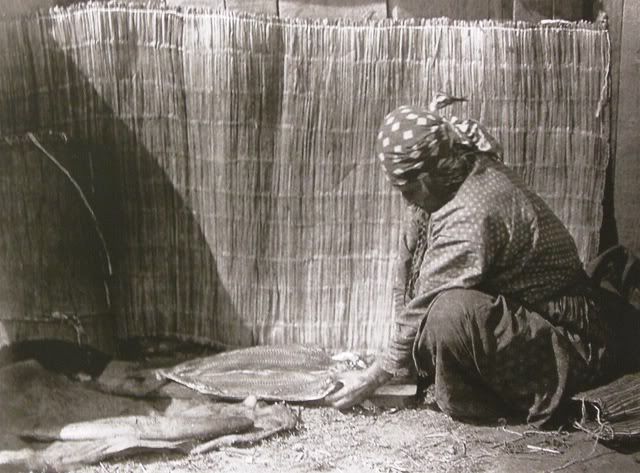
Shown above is an old photograph of an elder filleting salmon so that it can be cooked on a plank.
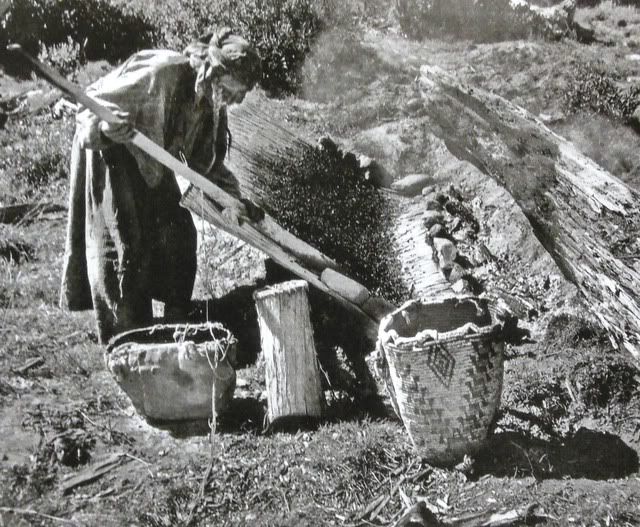
Shown above is an old photograph of an elder drying the huckleberries in the traditional way.
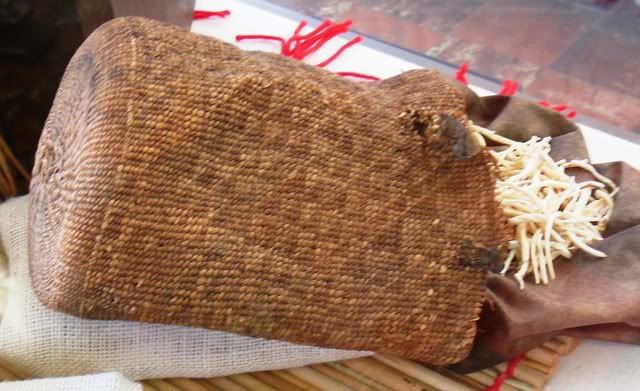
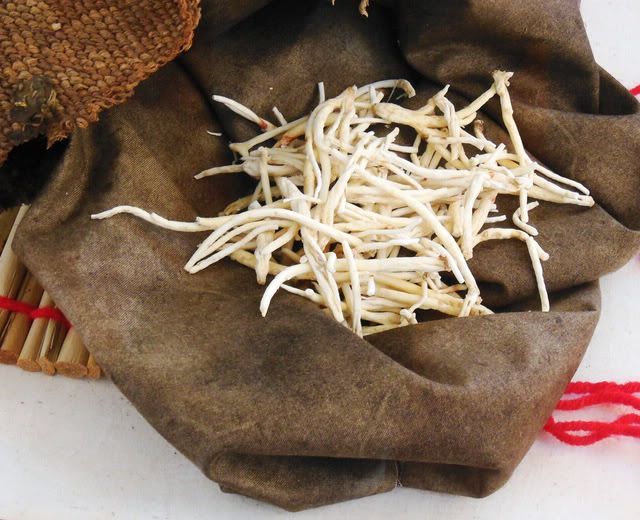
Another important food was bitterroot (Lewisia rediviva), shown above with a gathering bag (known as a sally bag). In the Upper Chinook Kiksht language bitterroot is known as ibi-uk-ee. The taste of the bitterroot (it’s “bitterness”) is determined by where it is grown. The stored starch in the root makes the roots both nutritious and tender. The white fleshly interior (seen in the photos above) is easily exposed by peeling the outer root coverings. The white interior is then boiled, baked, or powdered to make meal.
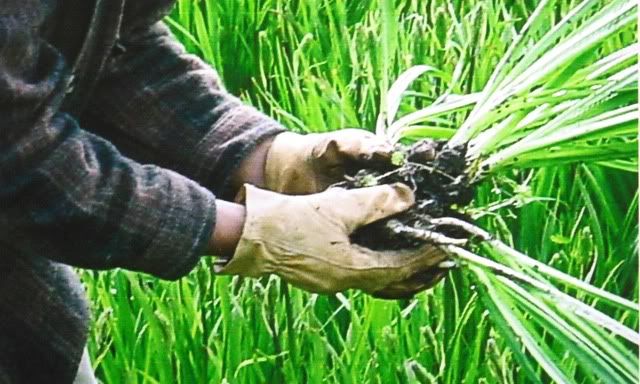
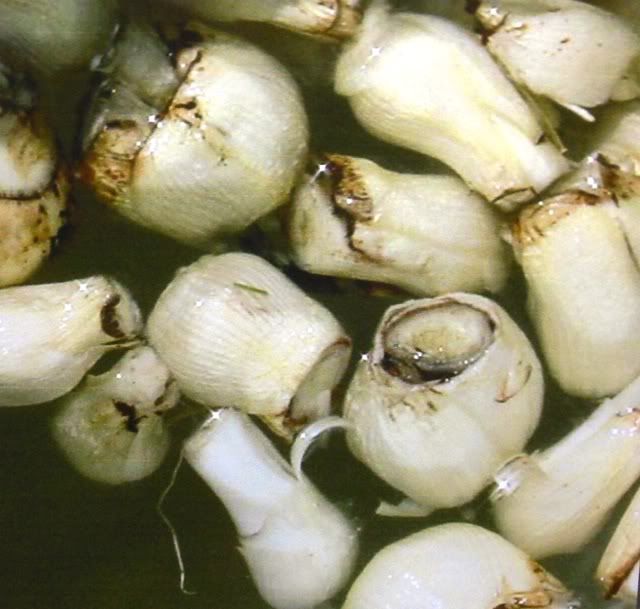
Camas (shown above) was also an important food plant. Camas (Camassia quamash) is a lily-like plant whose bulb can be fire-baked to make a sweet and nutritious staple. Camas is very high in protein: 5.4 ounces of protein per pound of roots. In comparison, steelhead trout (Salmo gairdneri) has 3.4 ounces of protein per pound.

Wapato or Indian potato is shown above.
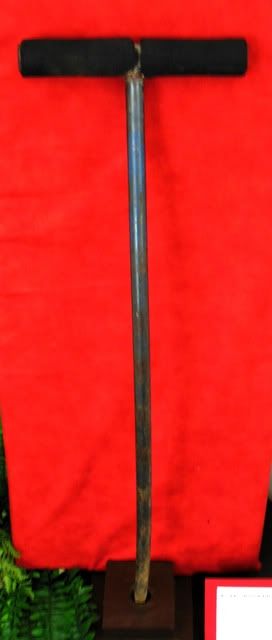
Shown above is a digging stick used in gathering root plants such as bitterroot and camas.
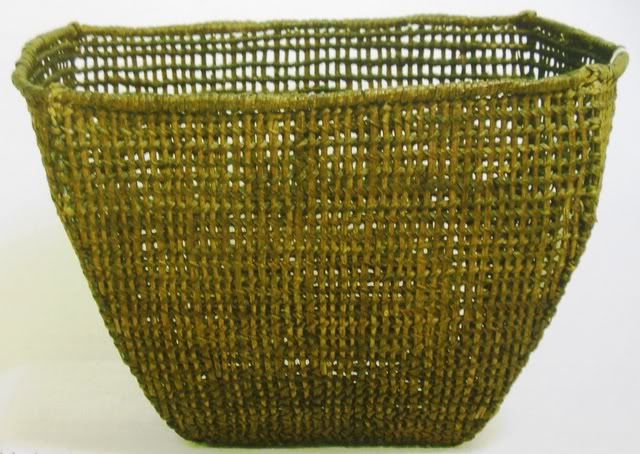
Shown above is an open weave Salish basket which was used for gathering clams and mussels.

Fish were an important food source and shown above is a model of a traditional fish drying rack.
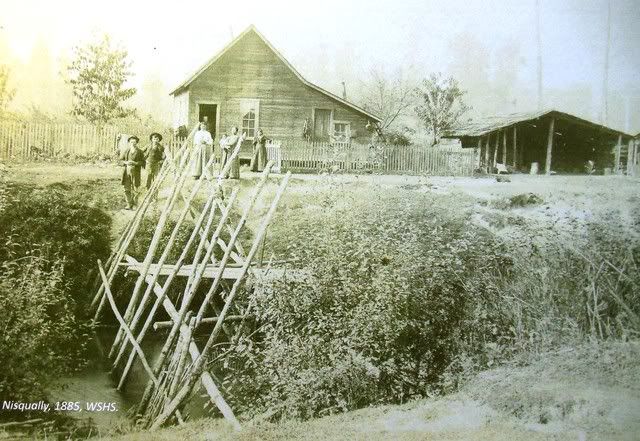
Shown above is an old photograph of a fish trap.
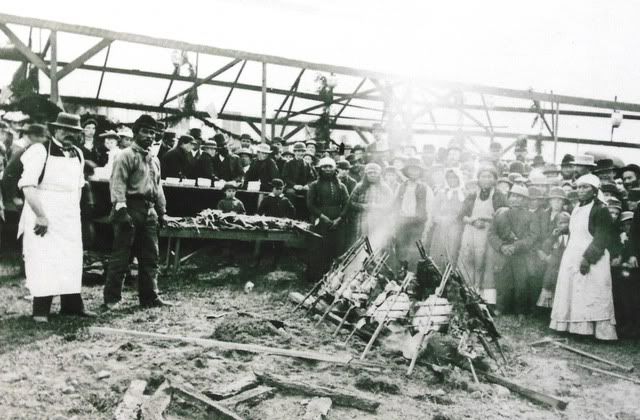
Shown above is an old photograph of the fish being cooked in the traditional manner.
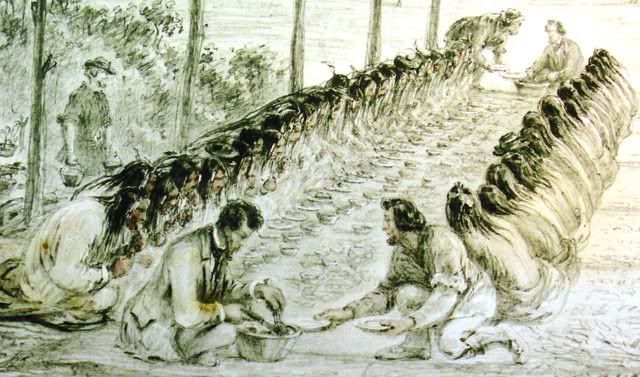
Shown above is a drawing of Governor Isaac Stevens at a traditional meal with the Nez Perce in 1855.
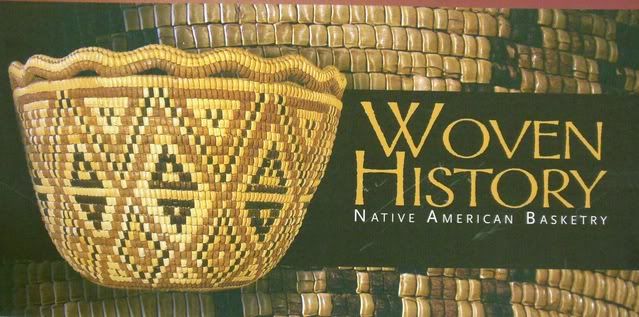

This is really superb. I just remembering my old day’s when I suppose to live in village with my friends.